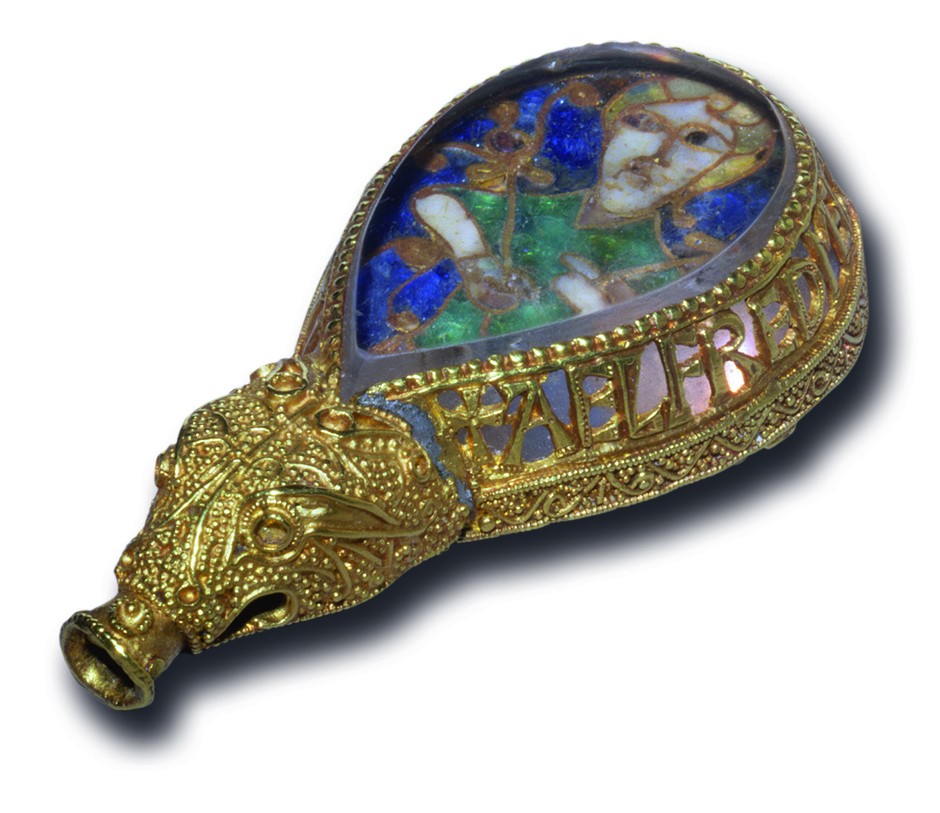sending slaves to the Vikings in Dublin, Ireland
Exactly when the city was founded is unknown. The earliest relic is a silver coin in the Royal Collection at Stockholm, Sweden. The coin bears the image of Ethelred Unrede (978 – 1016) and was minted in Bricgstowe (Bristol) by a man named Aelfweld. If Bristol was important enough to have a mint by 978 it must have been in existance sometime before then.
It is fairly certain that no town existed here before 577 AD. The reason being that in 577 two Saxon kings (Cuthwine and Ceawlin) fought and killed three British kings (Commail, Condidan and Farinmail) at a village called Dyrham near Pucklechurch, just outside of the present city. Although the towns of Bath, Gloucester and Cirencester are mentioned in the account of this battle, Bristol isn’t mentioned at all, even though it would have been closer than those mentioned.
Thus, Bristol was founded sometime between 577 and 978 AD. Even by this latter date the town was known to be dealing sending slaves to the Vikings in Dublin, Ireland.
Bridges at this time were of vital importance. There are three reasons why Bristol, as a port, is situated 7 miles inland with access to ships up a very tortuous river. A bridge across the Avon nearer it’s mouth would have been technologically very difficult, the land there was very prone to flooding and the town would have been very exposed to attack. Ships would make their way up the Avon until they reached Bristol Bridge and lay beached at low tide on the mud ready to be unloaded.
It is fairly certain that no town existed here before 577 AD. The reason being that in 577 two Saxon kings (Cuthwine and Ceawlin) fought and killed three British kings (Commail, Condidan and Farinmail) at a village called Dyrham near Pucklechurch, just outside of the present city. Although the towns of Bath, Gloucester and Cirencester are mentioned in the account of this battle, Bristol isn’t mentioned at all, even though it would have been closer than those mentioned.
Thus, Bristol was founded sometime between 577 and 978 AD. Even by this latter date the town was known to be dealing sending slaves to the Vikings in Dublin, Ireland.
Bridges at this time were of vital importance. There are three reasons why Bristol, as a port, is situated 7 miles inland with access to ships up a very tortuous river. A bridge across the Avon nearer it’s mouth would have been technologically very difficult, the land there was very prone to flooding and the town would have been very exposed to attack. Ships would make their way up the Avon until they reached Bristol Bridge and lay beached at low tide on the mud ready to be unloaded.

